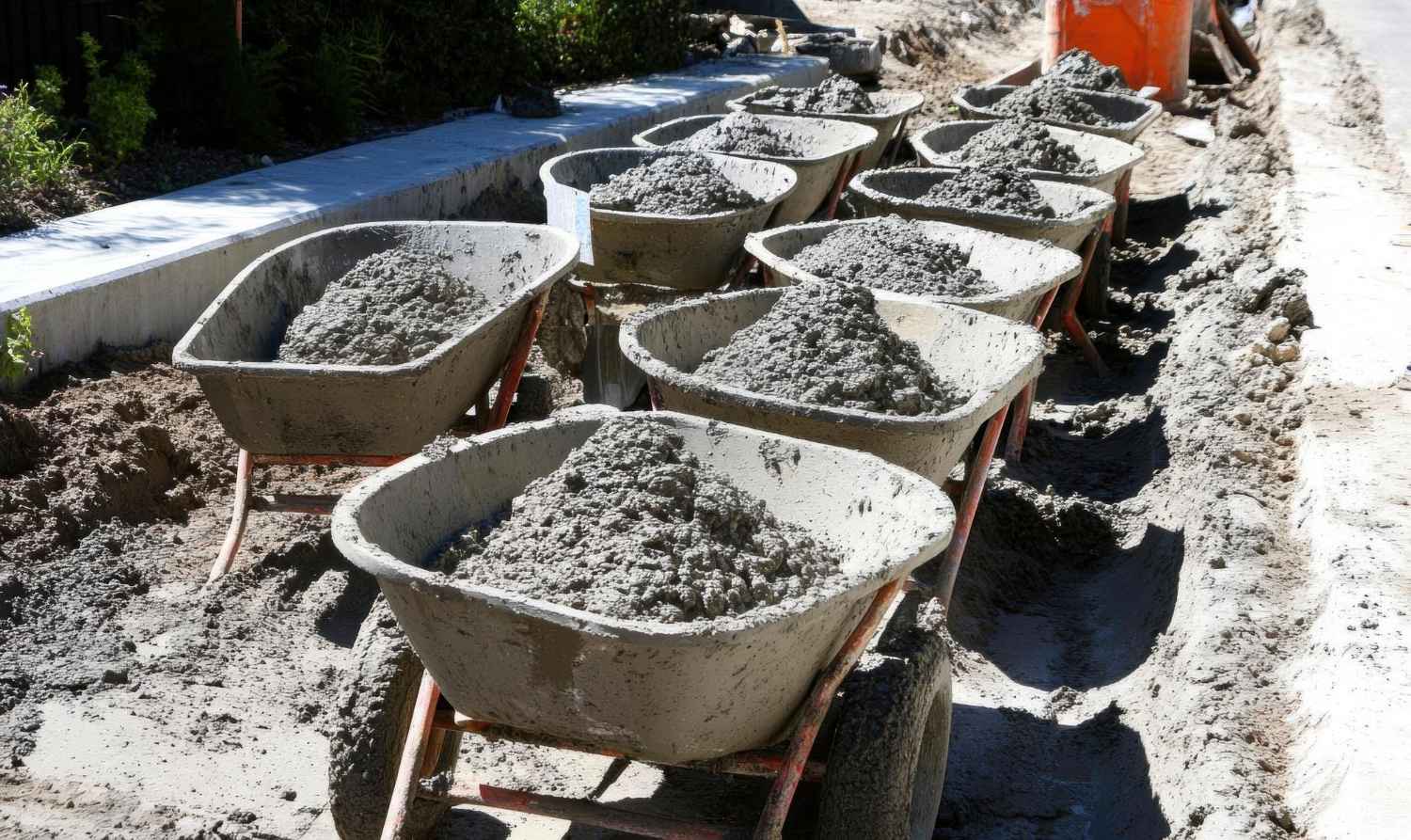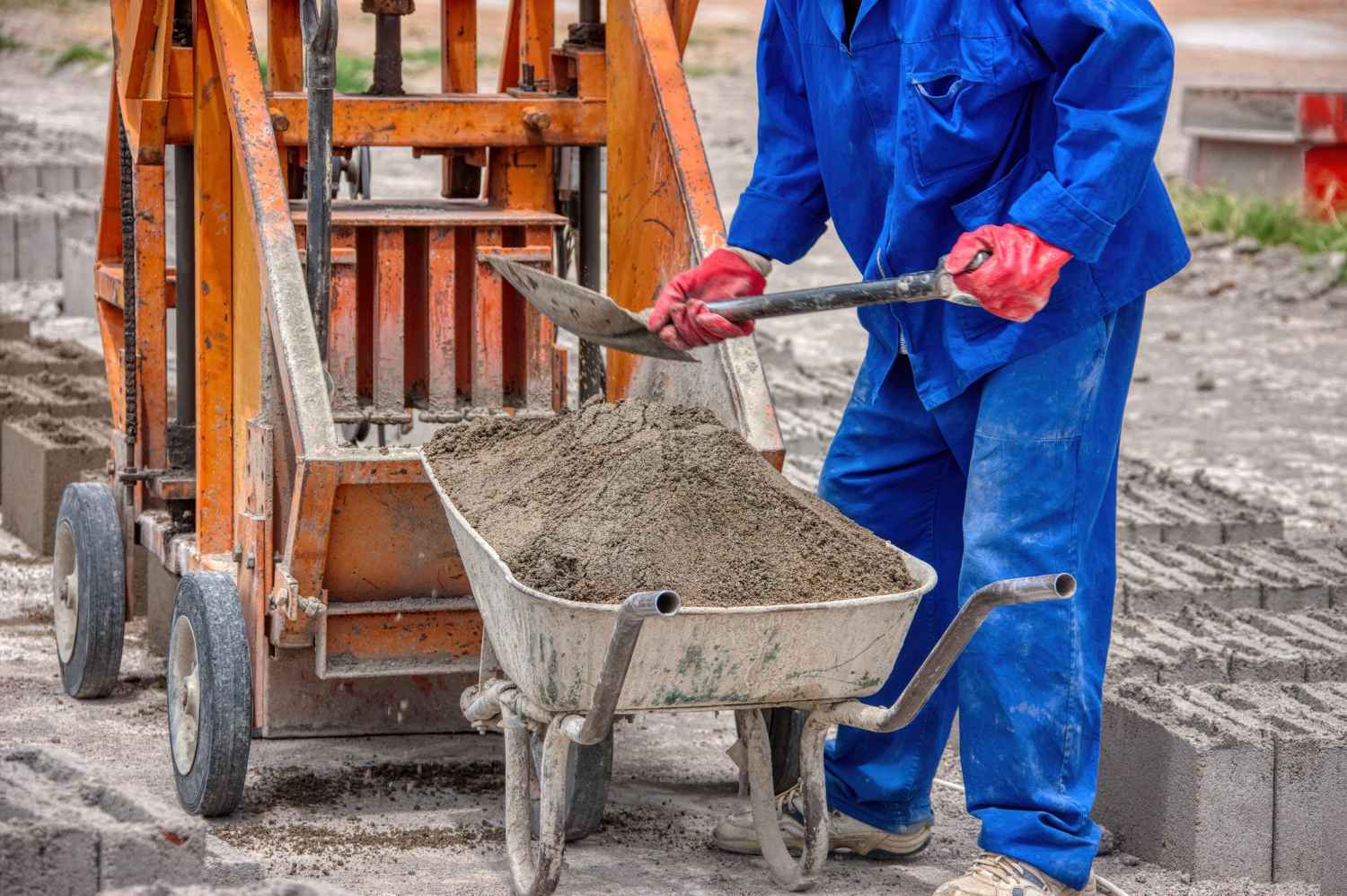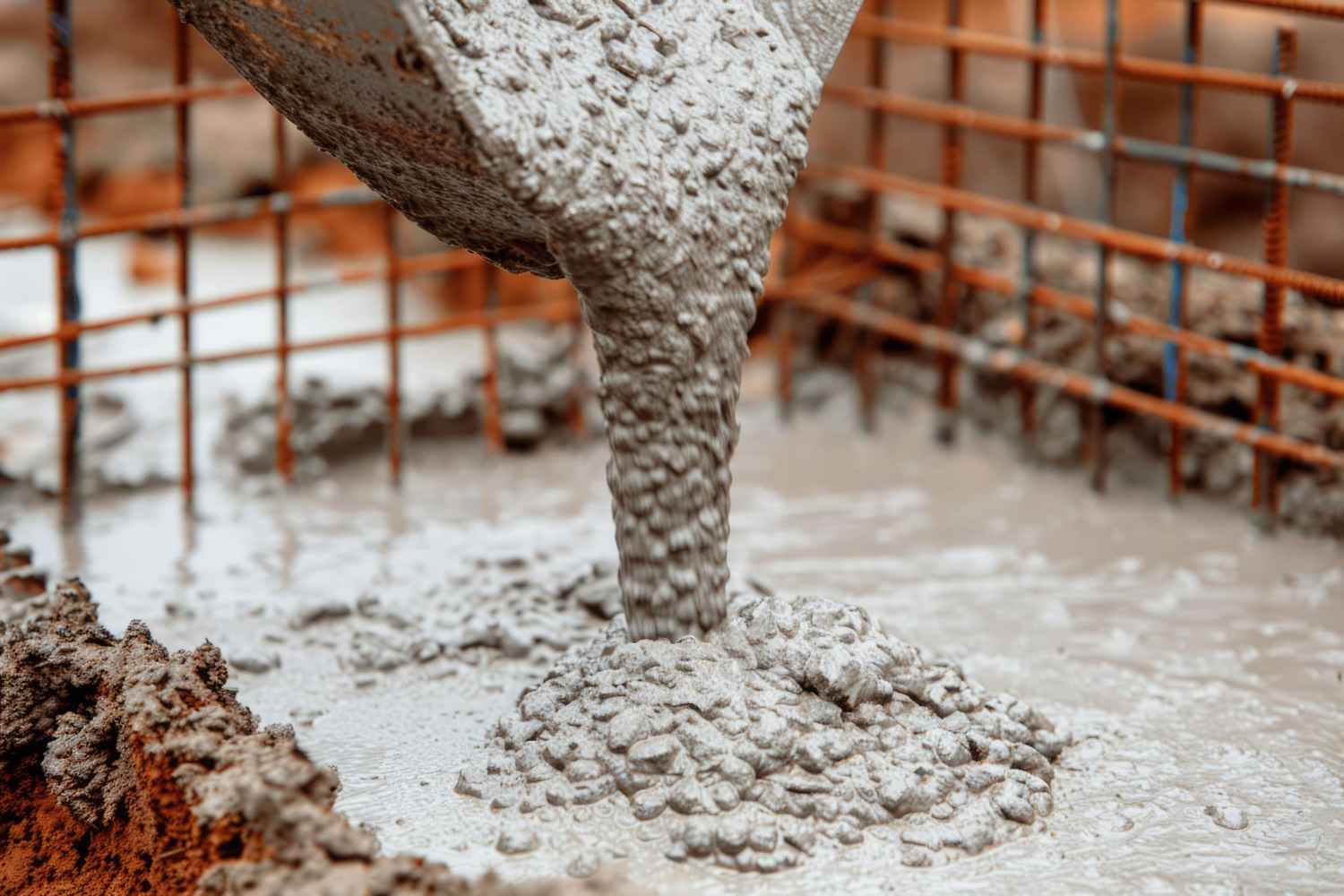The permeable nature of concrete leads to the degradation of structures. This lets aggressive chemicals in water enter the concrete, thus affecting its strength and durability. To overcome this challenge, various sustainable and innovative approaches are adopted. Concrete admixtures are one of them, serving as additives to increase the specific properties of concrete. They can be manufactured and naturally employed according to the project’s specifications.
In this guide, we’ll be comprehensively discussing the benefits, applications, and various admixture types.
Admixtures provide various benefits in concrete construction projects. Following are some of the highlighted benefits:

To better understand where we can use concrete admixtures, let’s explore its applications:
Let’s have a glance at the main types of admixtures:

Reducing from 5 to 50% of the required water content for concrete mixtures, water-reducing admixtures help achieve the desired slump compared to untreated concrete. They improved concrete power without requiring excessive amounts of cement.
These admixtures are ideally used to decrease the condensation time of concrete. Moreover, they counter the speedy process of hot water when setting on concrete. Set-retarding admixtures are employed at high temperatures, which enhances curing and makes the place difficult to furnish. Here, the used admixtures, also referred to as thinners, increase the air-passing rate through the concrete.
Accelerating admixtures provides numerous benefits, such as:
Calcium chloride is at the top of the list of catalysts for speeding up the process, but it has the drawback of increasing corrosion of the reinforcing bars. However, you can reduce the risk to its minimum while employing best practices, such as:
They can ideally be utilised to alter the concrete features in cold environments.

Also referred to as High Range Water Reducers or Plasticizers, superplasticisers decrease almost 30% of the water content. They also assist in achieving a large amount of water reduction. Water cement ratios and ordinary slump concrete get mixed with low slump concrete to get a high slump flow of concrete.
Due to the fluidity of concrete, effective concrete is poured to compress the water. This results in the highest waterproofing capabilities with these additives, which last for 60 minutes. However, the duration of this time varies based on the dosage and quality of the concrete.
When you add shrinkage-reducing admixture, it helps lessen starting and long-term drying shrinkage. If concrete finishers don’t need shrinkage joints in a huge amount or if shrinkage cracks pose durability concerns, you can use these additives. For example, projects of less budget or requiring less technical expertise can benefit from shrinkage-reducing admixture.

Positioning itself as a special admixture, corrosion inhabiting admixtures suspends the concrete rebar’s corrosion. With its strong capabilities and durable nature, you can minimise the maintenance costs of reinforced concrete structures, enduring for 30 to 40 years. However, its effect becomes a little in future but provides great assistance in the early stages.
For instance, calcium nitrite-based corrosion provokers continuously speed up the hardening time of concrete at different temperatures. If you want to stop the process, you need to add a hardening retarder.
If you want to improve the concrete’s freeze-thaw durability, air-entrainment concrete admixture stands as the top contender. Unlike uncompressed concrete, it generates more productive concrete with a decreased bleeding rate and concrete segregation. Its inherent nature makes it resilient against frost-thaw cycles or frost effects. Additionally, it offers a robust shield against drying or wetting cycles and enhanced workability.
A boom pump uses a robotic arm (boom) to deliver concrete with precision at height or distance, making it ideal for large-scale and high-rise projects. A line pump, on the other hand, is better suited for smaller, ground-level jobs and uses flexible hoses to deliver concrete. We offer both types depending on your project requirements.
With a boom pump, concrete can be pumped up to 70 metres vertically and over 200 metres horizontally. Line pumps can reach around 150 metres horizontally, depending on the setup and hose diameter. Our experts will assess your site and recommend the best solution to reach even the most challenging locations.
Yes, it’s important to ensure the site is accessible, level, and free from obstructions. There should be enough space for the pump vehicle to park and operate safely. If you’re unsure about access or clearance, our team can provide advice or arrange a pre-site visit.
The duration of a concrete pumping job depends on the volume and complexity of the pour. In general, a typical residential pour can be completed in under two hours. Our efficient service aims to minimise downtime and keep your construction project on schedule.
Yes, concrete pumps can operate in light rain and mild weather conditions, but heavy rain, high winds, or frozen ground may delay or halt operations for safety reasons. We always monitor the forecast and keep you informed of any possible schedule changes.
Yes, all our pump hires include a trained and experienced operator who will handle the equipment and ensure concrete is placed efficiently and safely. They’ll also help guide you through the process on-site, ensuring a smooth pour every time.
Ready Mix Concrete London (Trading as Pro-Mix Concrete Ltd)
Copyright © 2025 | Ready Mix Concrete London (Trading as Pro-Mix Concrete Ltd) | All Rights Reserved.